Lost Temple of The Inca (2020)
Género : Documental, Historia, Misterio
Tiempo de ejecución : 0M
Director : Jim Aikman
Sinopsis
In the mountains of Peru, an environmental scientist discovers ancient artifacts submerged beneath the headwaters of the Amazon; his findings could save this sacred landscape from mining devastation.
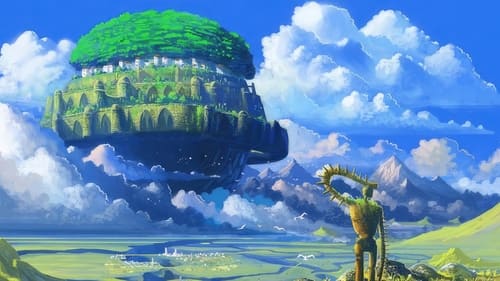
La huérfana Sheeta ha heredado un misterioso cristal que la une al mítico reino de las nubes de Laputa. Con la ayuda del ingenioso Pazu y una graciosa banda de piratas del cielo, dirige su camino hacia las ruinas de la que fué, una gran civilización. Sheeta y Pazu deben ser más listos que el malvado Muska, quien planea usar la tecnología de Laputa para dominar el mundo.

El arrogante y egoísta emperador Cuzco es traicionado y convertido en llama por la ambiciosa Yzma y su guardaespaldas Kronk. El emperador, que una vez lo tuvo todo, se verá abocado a confiar en un llano y simpático campesino llamado Pacha, para encontrarse a sí mismo.
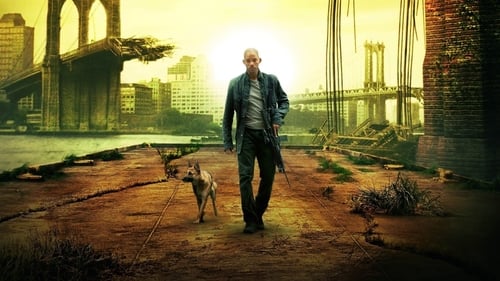
Año 2012. Robert Neville es el último hombre vivo que hay sobre la Tierra, pero no está solo. Los demás seres humanos se han convertido en unos mutantes nocturnos llamados "Darkseekers" y todos ansían beber su sangre. Durante el día vive en estado de alerta, como un cazador, y busca a los muertos vivientes mientras duermen; pero durante la noche debe esconderse de ellos y esperar el amanecer. Esta pesadilla empezó hace tres años: Neville era un brillante científico, pero no pudo impedir la expansión de un terrible virus creado por el hombre. Él ha sobrevivido porque es inmune al virus; todos los días envía mensajes por radio con la esperanza de que haya otros supervivientes, pero es inútil. Lo único que puede hacer es buscar una fórmula que le permita utilizar su sangre inmune para devolverles a los hombres su naturaleza. Pero está en inferioridad de condiciones y el tiempo se acaba.
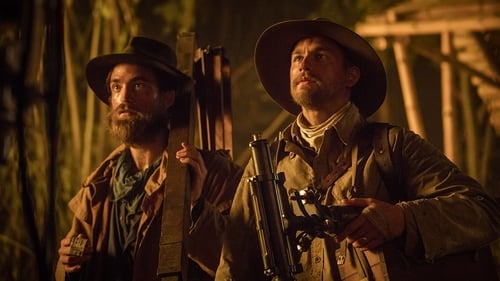
En 1925 el explorador británico Percy Fawcett se aventuró en el Amazonas en busca de una antigua civilización, cuya existencia los europeos llevaban siglos intentando demostrar. La ciudad perdida se conocía como ciudad 'Z', y en su búsqueda habían fallecido cientos de personas. Sin embargo, la expedición desapareció en la selva, y nunca más se volvió a saber nada de ellos. Ninguna de las expediciones que han seguido los pasos de Fawcett ha conseguido hallar la ciudad 'Z'.
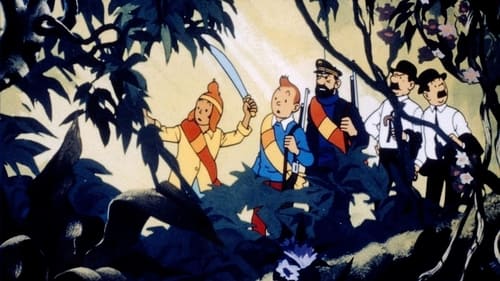
Cuando siete arqueólogos encuentran un antiguo templo inca, se convierten en víctimas de una antigua maldición. Una vez de regreso en Europa, caen uno por uno en un profundo sueño y solo una vez al día, todos a la vez, se despiertan durante unos minutos y experimentan alucinaciones donde aparece la siniestra momia viviente de Rascar Capac.

Un equipo de científicos investiga el hundimiento de un submarino nuclear ruso cerca de una plataforma petrolífera en las costas de Miami, Florida, cuando descubren una antigua reliquia supuestamente perteneciente a la perdida civilización de "Atlantis". Mientras tratan de hacer subir el submarino a la superficie, éste tiene una fuga radioactiva de peligrosas consecuencias. Dos veteranos de Vietnam que intentaban descansar en una isla del Caribe de su última misión se verán envueltos en la peligrosa aventura
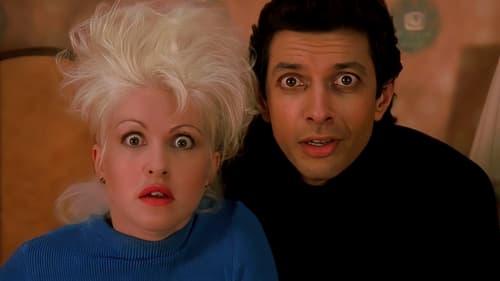
Sylvia Pickel es una joven peluquera con deseos de aventura. Nick Deezy es un funcionario de museos que arde en deseos de desenterrar tesoros. A pesar de que Sylvia y Nick han sido dotados con poderes psíquicos, ninguno de los dos sabe que compartirán el mismo destino. Harry Buscafusco, un oportunista, les convence para que emprendan una peligrosa misión humanitaria en los Andes, pero en realidad se trata de una expedición en busca de los misteriosos poderes del universo.

El explorador español Pizarro captura al dios-jefe inca Atahualpa y promete liberarlo con la entrega de un tesoro de oro. Pero Pizarro se encuentra dividido entre su deseo de conquista y su sentido del honor después de que la amistad y el respeto se desarrollan entre cautivo y captor.
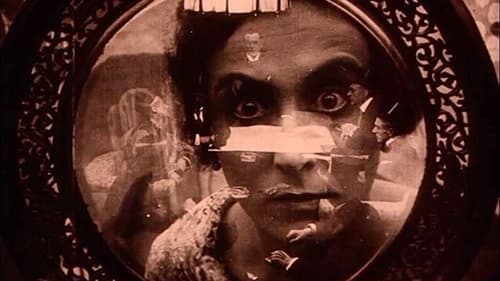
Kay Hoog es un millonario aventurero, una especie de cruce entre Phileas Fogg e Indiana Jones. En la primera parte de la serie, "Der goldene see", Hoog encuentra una botella con un mensaje que ha sido arrojada al mar por un profesor de Harvard desaparecido en Perú. A partir de aquí, se suceden las más diversas aventuras: el hallazgo de un gran tesoro de la antigua civilización inca, una organización secreta llamada "Las Arañas", dirigida por una mujer fría y calculadora, viajes en barco y globo. Y, finalmente, Hoog se enamora de una bella princesa inca y la lleva consigo a San Francisco. De Las arañas en particular, de la cual solo pudieron llevarse a cabo las dos primeras partes de las cuatro en que se había concebido, diré que prefigura en cierta manera el tipo de El doctor Mabuse y que está, al menos en su primera parte, inspirada ya de un modo totalmente languiano, a través de noticias y artículos de los periódicos, como haría hasta el fin de su obra en tantas películas.
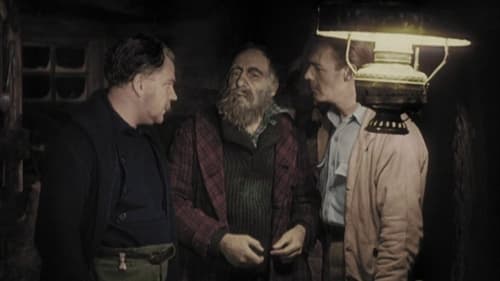
Un grupo de exploradores inician una expedición a una lejana ciudad en busca de la legendaria “Llama de la vida”, una misteriosa fuerza que dotará de inmortalidad a quien la posea.

In the mountains of Peru, an environmental scientist discovers ancient artifacts submerged beneath the headwaters of the Amazon; his findings could save this sacred landscape from mining devastation.

It is possible that only one per cent of the wonders of ancient Egypt have been discovered, but now, thanks to a pioneering approach to archaeology, that is about to change. Dr Sarah Parcak uses satellites to probe beneath the sands, where she has found cities, temples and pyramids. Now, with Dallas Campbell and Liz Bonnin, she heads to Egypt to discover if these magnificent buildings are really there.

Thousands of years before the Inca, a megalithic civilization was founded at Lake Titicaca which spread 500 miles to Cuzco, following a global flood that destroyed the Earth in 9000 BC. Its architects — Viracocha and his seven Shining Ones — disappeared as mysteriously as they appeared, yet the legacy of temples they left behind still baffles the modern mind. Filmed at Tiwanaku, Puma Punku, Cuzco, Quenqo, Saqsayhuaman, Amuru Machay, Quillarumiyoc, Pisac, Tombomachay, Huayna Picchu, Ollantaytambo, Machu Picchu, Cutimbo, Silustani and Amaru Meru.
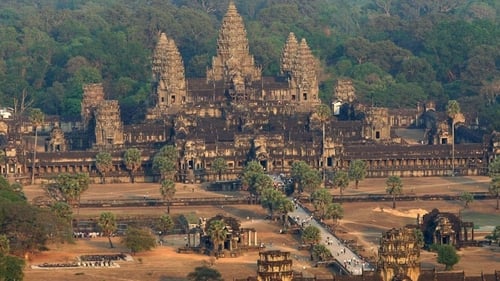

Join a team of archaeologists and the Discovery Channel in an investigation into the mysterious lines of the Nazca region in Peru. Created by the Nazcas, these huge sculptures are only visible from the sky and depict people, animal, geometric forms, and strange creatures. See a premier exhibition of pottery and textiles, musical instruments, and mummies from this long-forgotten, pre-Columbian civilization and visit Cahuachi, a buried city of pyramids and ceremonial buildings which may have once been the religious capital of the Nazca people

Deep in the Andean mountains lays a mysterious ruin named Machu Picchu. For 400 years it sat abandoned on its misty cliff, the quintessential lost city in the jungle. Rediscovered in 1911, it contained no written records or carvings, nothing that could shed light on its history. For a century since, it has defied the endless scores of visitors and scientists who attempted to understand its purpose. Who were the mysterious people who built it and why did they build it here? Today an international team of archeologists, engineers and scientists are finally piecing together the clues. Together they are discovering astonishing new burials, revealing the intricacies of its ingenious engineering and finally decoding the secrets of Machu Picchu.

Through a mix of crime-lab science, archeology, and history, this NOVA/National Geographic special presents new evidence that is changing what we know about the final days of the once-mighty Inca Empire.
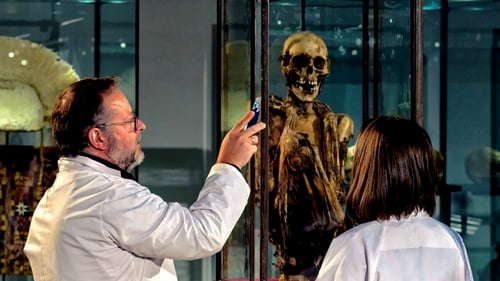
Rascar Capac, the sinister creature featured on Hergé's album The Seven Crystal Balls (1948), has left its mark on many generations of readers. To draw it, the Belgian cartoonist was probably inspired by a mummy exhibited in the first pre-Columbian exhibition organized by the Brussels Cinquantenaire Museum in 1923. Two intrepid archaeologists embark on a fascinating journey to reconstruct the story of the mysterious mummy.

The film presents compelling evidence that Altlantis wasn't so far away after all, but what it omits is just as compelling. Although Plato’s account of Atlantian masonry, consisting of red, white and black stones, was a visually perfect match for the modern walls of the Minoan excavation site favored by the film, and his account of a sea made impassable by small islands of mud could, in fact, be a description of the rafts of pumice left by the catastrophic eruption of an ancient volcano there, little mention is made of Plato's specific account of where Atlantis was or the common root that links Atlantis to the Atlantic ocean. Also omitted is Plato's chronology placing the sinking of Atlantis in the same time frame as the end of the last ice age which caused the inundation of huge expanses of once fertile lands. Is "Atlantis: The Evidence" a thinly disguised example of Eurocentrism in the media? Watch Discovery: Atlantis for a more comprehensive view on an age-old debate.




















